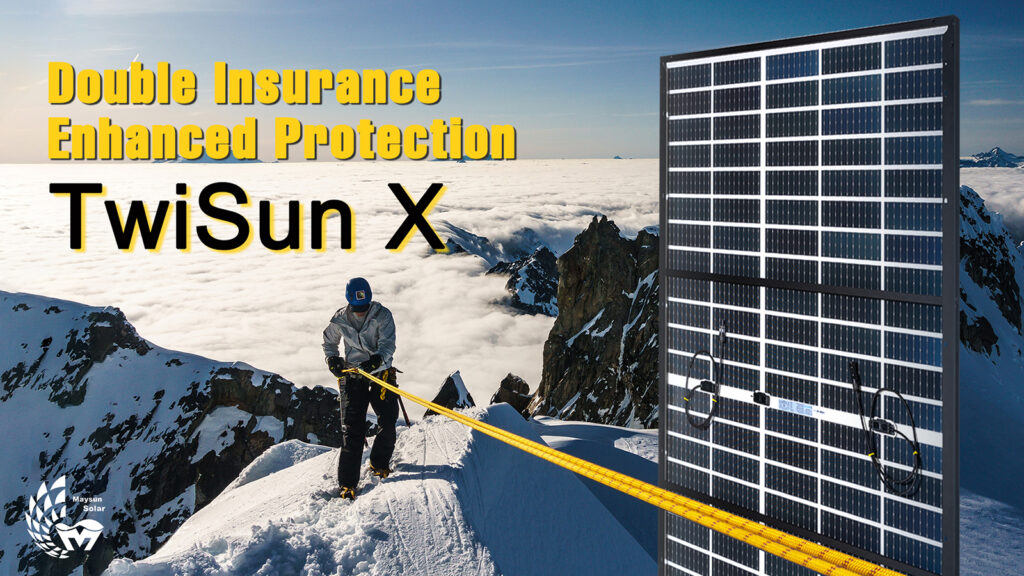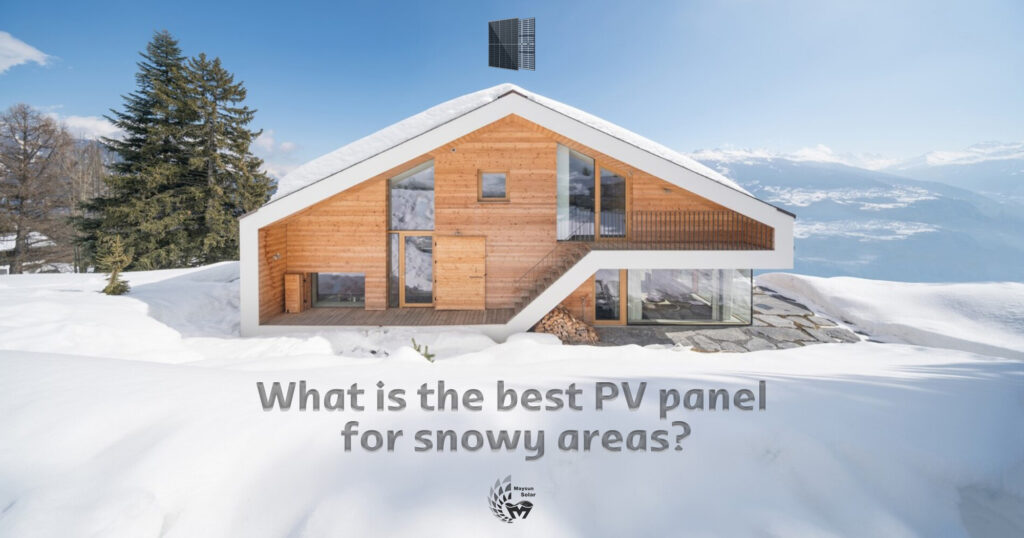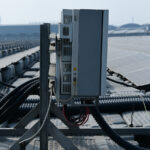There is an almost unstoppable global trend of more and more homeowners choosing to install solar PV panels. However, for people who experience long winters for more than four months out of the year, the cold and snow are the biggest concerns about making the switch to solar power. So, can you install PV panels in snowy areas? What kind of panels should I choose? And how should be installed? This article will answer all of your questions.
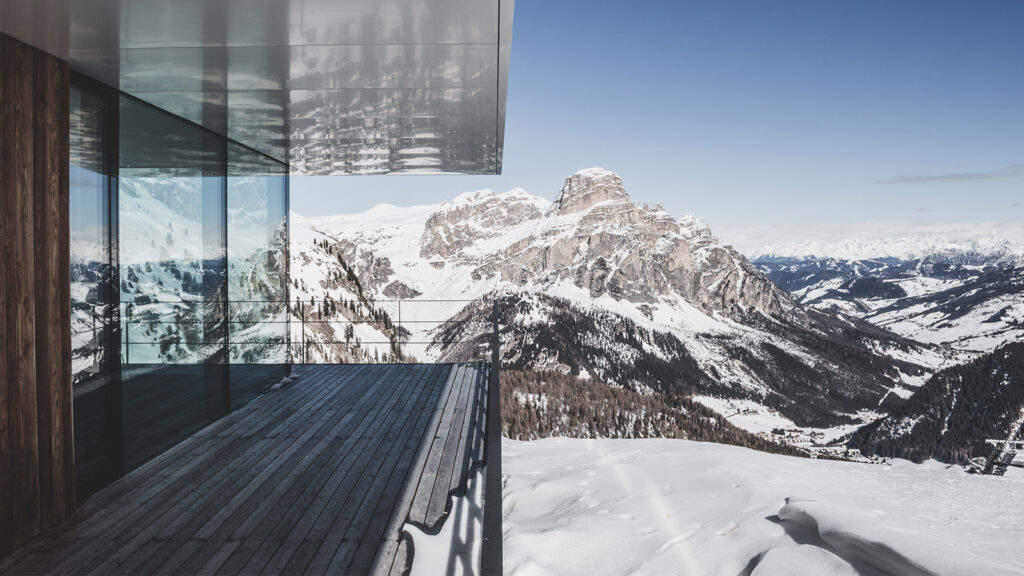
Solar panels can work in cold areas as usual
In theory, PV panels can operate in the range of -40°C to 80°C. The optimal operating temperature of PV panels is 25°C. For every 1°C rise in temperature, their power generation efficiency decreases by 0.3%-0.4%, which is called the temperature coefficient. Photovoltaic cell is a negative temperature characteristics of semiconductor devices, the lower the temperature the better the power generation performance. It can be seen that PV panels can generate electricity optimally in cold areas, on the contrary, too high temperature will limit the energy output of PV panels.
In addition, snow on the ground is a good thing for PV panels, especially if you have double-sided double-glass modules installed. The white snow on the ground acts as a mirror, reflecting a lot of sunlight to the back of the PV panel, thus greatly increasing the power output of the panel.
To learn more, you can read our previous related blog post: How PV panels work in winter?
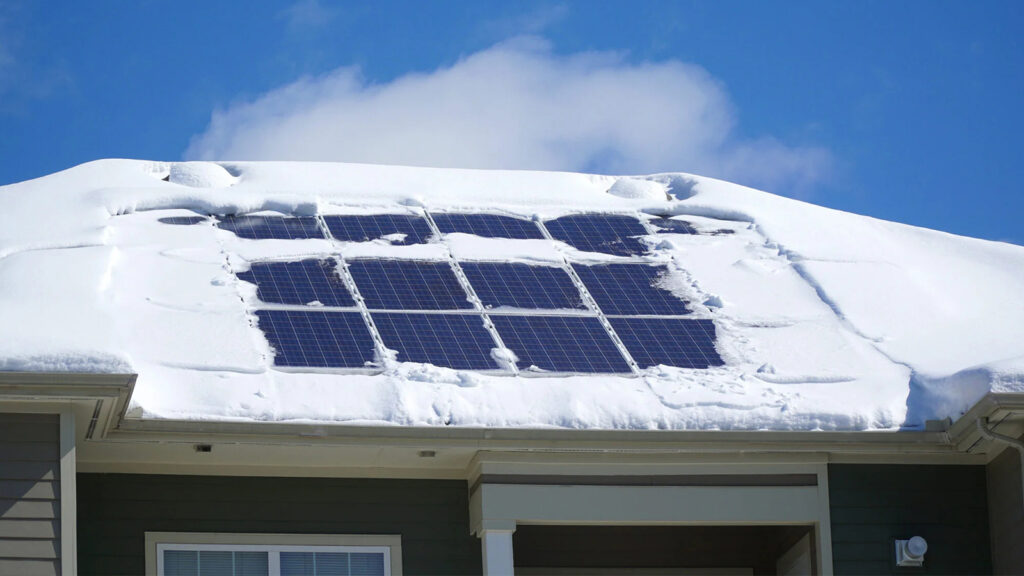
The real threat of cold and snowy to solar panels
While cold temperatures are good for PV panels to generate electricity, excessively low temperatures and heavy snow can sometimes cause irreversible damage to PV panels. The real threat comes from the penetration of heavy snow and water vapor.
Heavy Snow
Snow covering PV panels not only directly hinders the absorption of sunlight by the panels, but excessive snow can also easily cause deformation or even damage to the modules, with some snowy areas accumulating enough snow overnight to crush the panels.
The penetration of water vapor
In addition, snow, ice and freezing rain can also produce ice columns between the modules of PV arrays. These ice columns can easily bring water into the module backsheets, junction boxes and other circuits and electrical appliances, leading to electrical insulation damage and short circuit failure.
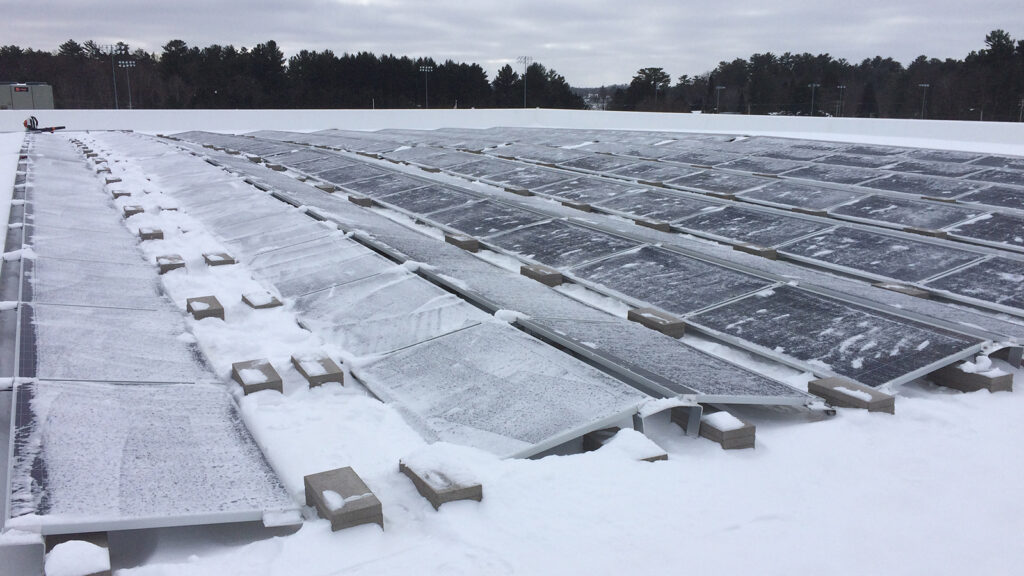
In the face of these threats, we need to be more cautious in choosing more suitable PV panels, inverters and other equipment for you, choosing more professional installers, and adapting to local conditions in terms of installation, operation and maintenance. For more on this, you can read our previous blog post: 6 Tips to teach you to improve the efficiency of photovoltaic power generation.
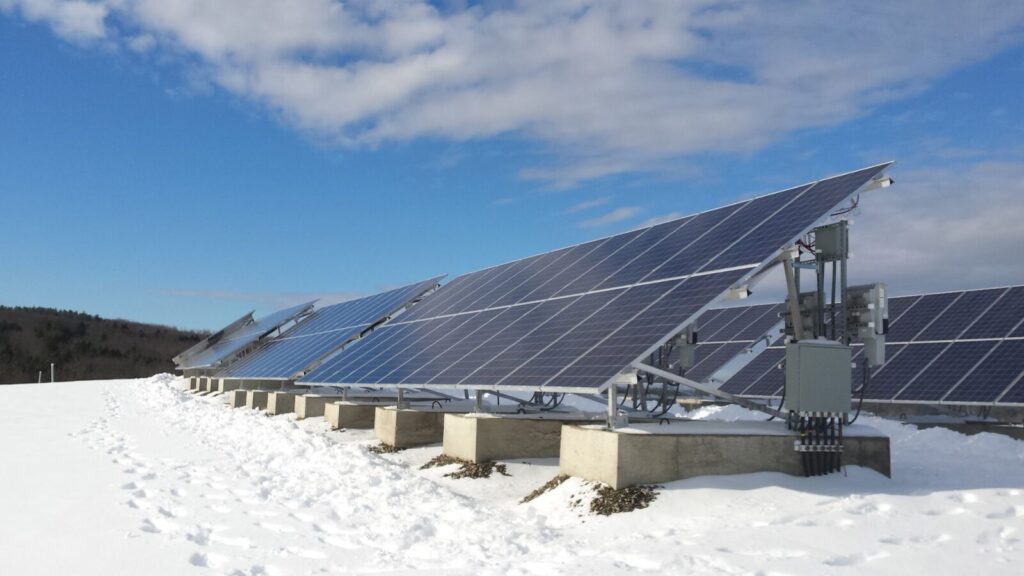
What is the most suitable solar panels for cold and snowy areas?
For cold and snowy climate conditions, PV companies can effectively solve the potential risk of improving above by improving production process and upgrading materials.
Use of high snow load modules
High-performance aluminum alloy materials can greatly improve the strength of the bezel. Using thicker and wider aluminum alloy profiles and adding reinforcement bars in the middle of the module can increase the mechanical load of the module by more than 20%, thus enhancing the snow load resistance of the module and making it withstand heavier snow.
Use of double-glass modules
Glass is inorganic silica, which is the same kind of substance as sand. Replacing the organic substance backsheet on the back with glass eliminates the penetration of water vapor, prevents the PID phenomenon, and extends the module life.
